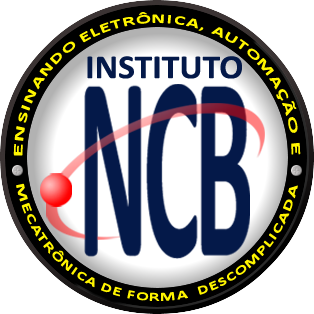Sawtooth-type waveforms are typically generated by relaxation oscillators with unijunction transistors, PUTs (Unijunction Programmable Transistors), SCRs and other less common semiconductor devices. The circuit that we describe in this article operates with common transistors and their frequency can be adjusted over a wide range of values. The circuit we describe can serve as a time base for a low frequency oscilloscope, as a tone generator for musical instruments or even in A / D converters used in digital measuring instruments. Its main feature is the fact that it uses common transistors and for this is not critical and easy to assemble. The frequency of the generated signals depends on capacitor C2 and is adjusted over a wide range of values by P1. For the values of these components shown in the diagram, the frequency can be adjusted between a few tens of hertz up to approximately 10 kHz. Changes to capacitor C2 can change this operating range.
Characteristics:
• Supply voltage: 9 Vdc
• Typical drained current: 5 mA
• Waveform of the generated signal: sawtooth
• Frequency range: 10 Hz to 100 kHz




